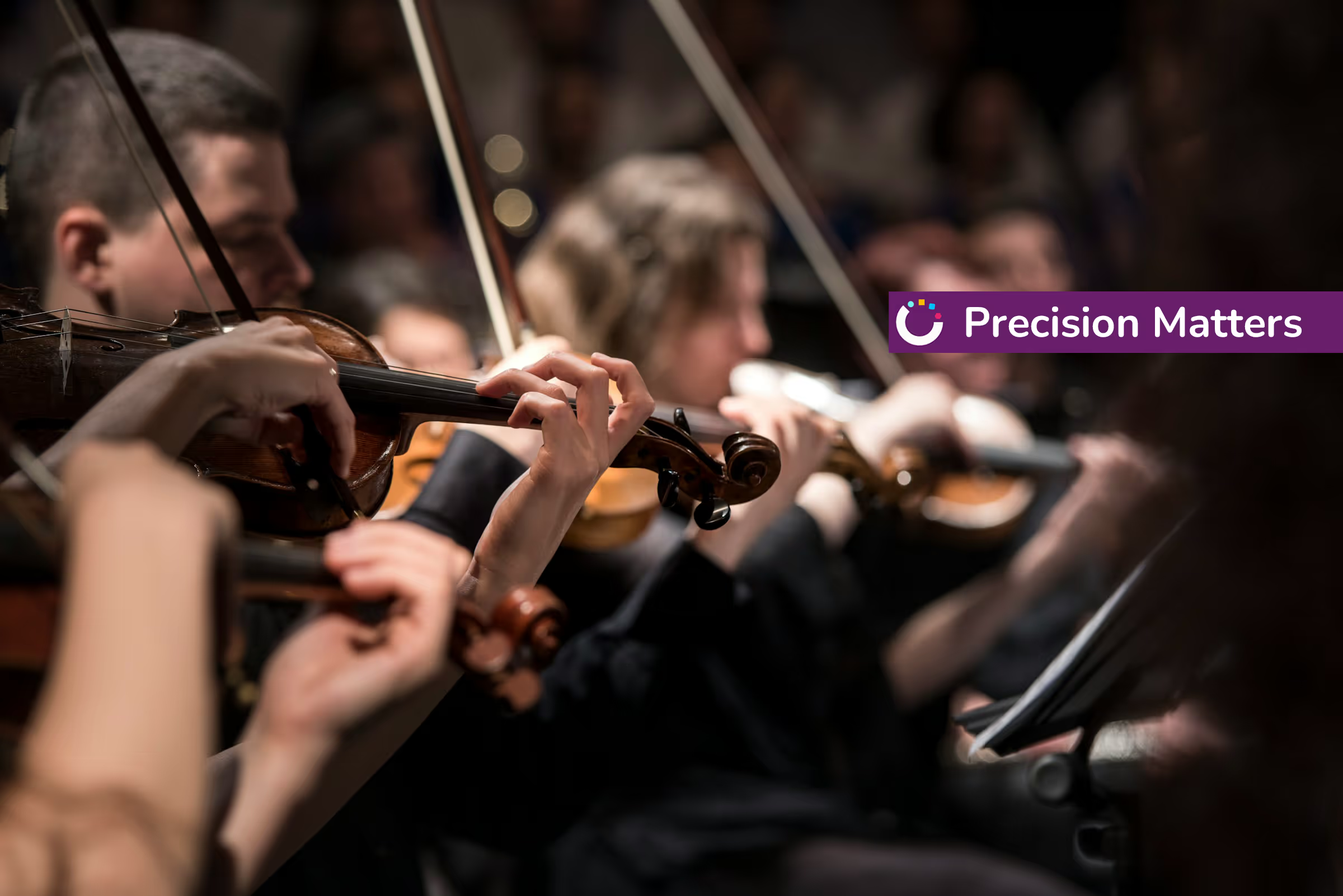Achieving excellence in today’s competitive landscape requires more than traditional HR practices; it demands a strategic integration of talent development with the core business strategy. As an HR professional with over three decades of experience in the food industry and beyond, working with global brands and in diverse sectors, I’ve witnessed firsthand the transformative power of aligning talent development with business strategies. My journey through companies like Pizza Hut, Olive Garden, Red Lobster, and Sysco has taught me invaluable lessons about the critical role HR and L&D play in driving strategic impact based on business needs.
The Imperative of Operational Excellence
In my career, the constant pursuit of excellence in customer service has been a guiding principle. This quest for excellence is not about a one-time achievement; it’s about consistently delivering exceptional experiences. As I’ve always said, “You’re only as good as your last interface with the customer.” This mantra underscores the significance of operational excellence and the need for a workforce that can execute flawlessly, time and again.
Strategic Talent Development as a Business Driver
The key to sustaining operational excellence and competitive advantage lies in strategic talent development. This approach goes beyond traditional HR roles to encompass a broader, more impactful involvement in shaping business outcomes. It requires a deep understanding of the business strategy, the competitive landscape, and the customer experience we aim to deliver.
A fundamental step in this process is aligning the skills and capabilities of our workforce with our strategic goals. This alignment starts with a clear vision of the customer experience we wish to create and works backward to identify the skills necessary to make that vision a reality. It’s about asking, “What experience do we want the customer to have?” and then ensuring our team has the skills to deliver on those expectations.
Leadership and culture play pivotal roles in this endeavor. Every exceptional customer experience is the result of a team that knows what’s expected of them, is enabled to meet those expectations, and is passionate about doing so. My experiences across different companies have consistently shown that frontline shift supervisors and their leadership skills are crucial. People don’t just work for companies; they work for people. The ability of frontline supervisors to inspire and lead their teams is what makes the difference in delivering that perfect Pepperoni pizza every time.
In industries with lean margins, like many I’ve worked in, investing in talent development is not about spreading resources thinly across the board. It’s about making targeted investments in areas that directly impact our ability to excel in the marketplace. This approach doesn’t mean neglecting any part of the team; it means understanding where to place our bets for the maximum return on investment.
Embracing the Orchestra Model
I liken the organization to an orchestra, where every player’s contribution is vital to the harmony of the whole. Just as in an orchestra, not every section may play at the same time, but when they do, they need to be at their peak performance. Similarly, in a company, while development is for everyone, there are times and strategies where certain roles or skills become the soloists, driving the melody forward. It’s our job as HR professionals to ensure those soloists and the entire ensemble have the skills they need to perform spectacularly.
Technology as an Enabler
Advancements in technology have given HR a powerful set of tools to democratize access to development, target its delivery, and leverage data in ways previously unimaginable. These tools not only allow us to deliver development more efficiently but also enable us to measure the effectiveness of our investments in talent development. HR must understand and utilize these tools to be an effective member of the business orchestra, playing in sync with the strategy and contributing significantly to the company’s success.
Ultimately, driving strategic impact through talent development integrates the cultivation of skills and culture into our business strategy’s very fabric. As HR and L&D leaders, we’re not just participants in this symphony; we help conduct, ensuring every note plays in harmony to deliver a performance that not only meets but exceeds our audience’s expectations—the customer.
In embracing platforms like Growthspace, we’re equipped to navigate this complex landscape more effectively, ensuring our talent development strategies are as dynamic and forward-thinking as the markets we operate in. This is our path to not just surviving but thriving in today’s competitive environment.
This article is part of the Precision Matters series. In the series, HR and L&D leaders share their expert strategies for utilizing Learning & Development tools to craft precise, impactful business outcomes and foster organizational growth.
Ready to turn insights into impact?

















